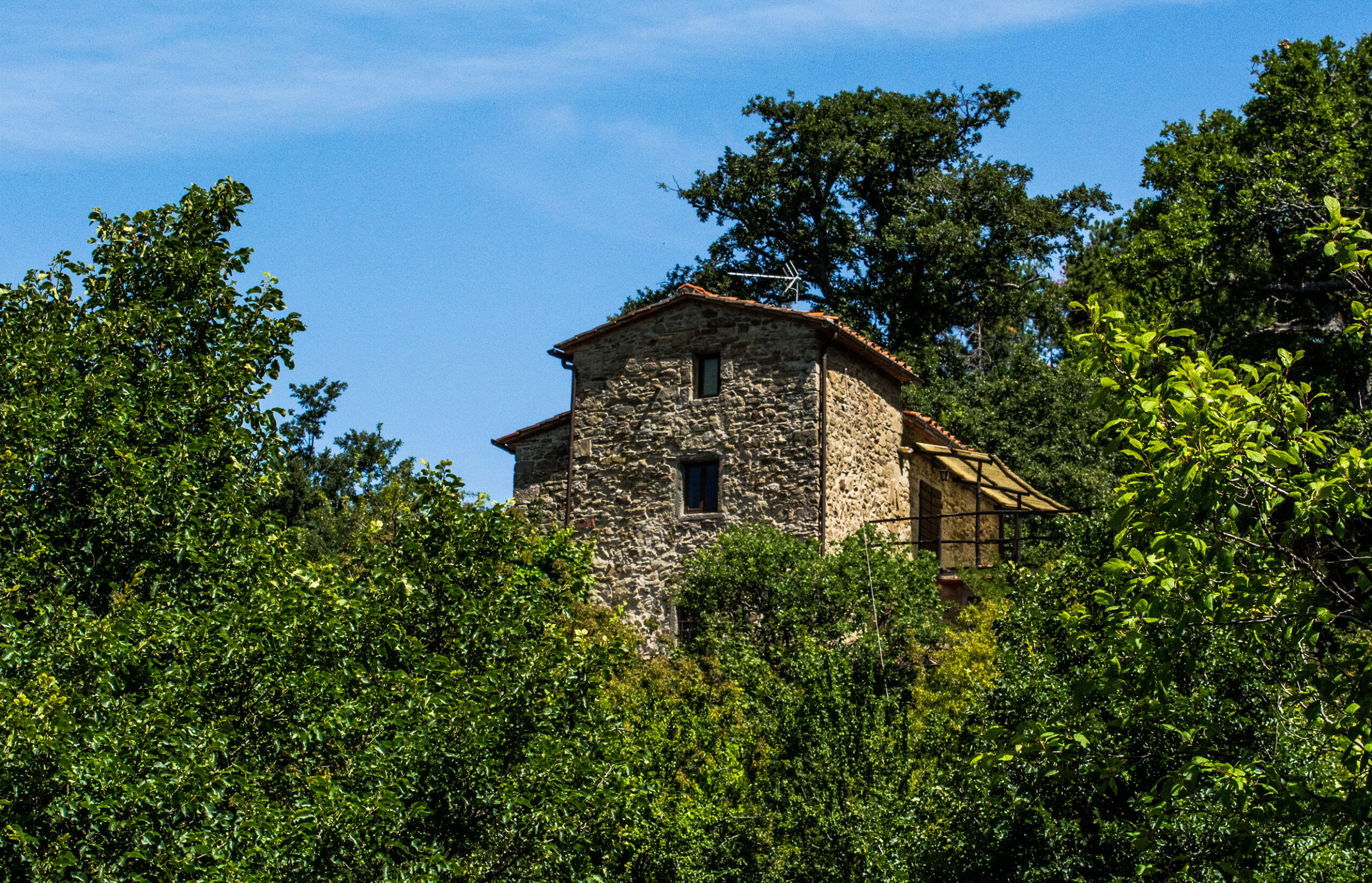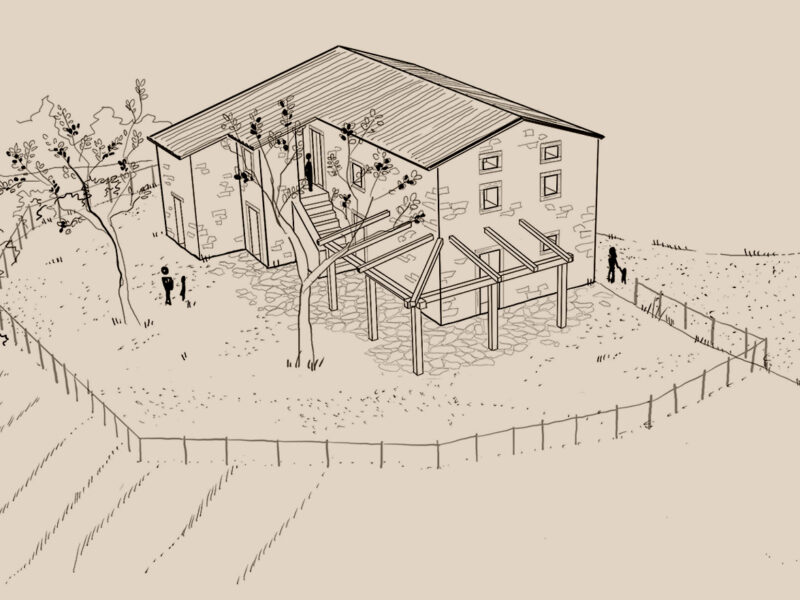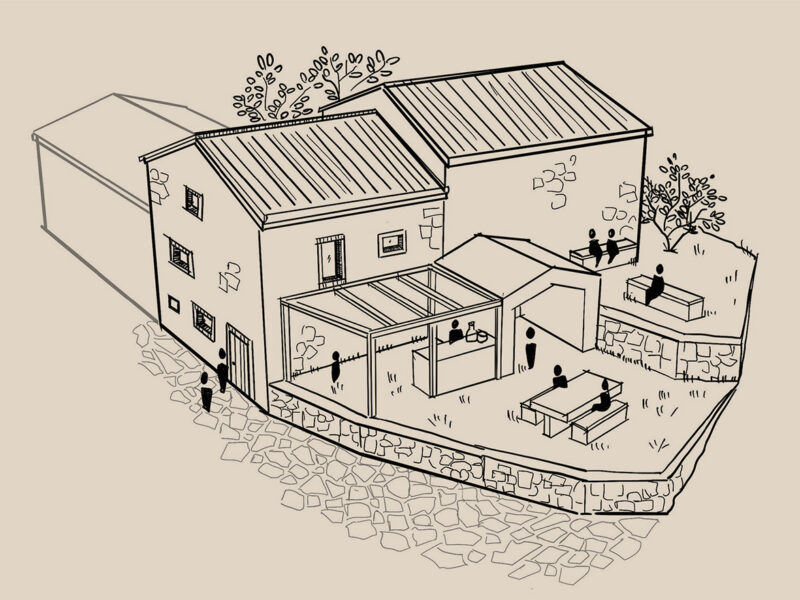
07 Jan Discover each buildings history
As someone who has lived and worked in the Casentino Valley my whole life, I’ve developed a deep connection to the land and its buildings. Over the years, I’ve had the privilege of studying and surveying the homes that make up our region’s rich architectural heritage. When it comes to the work we do in the Gello valley, I can’t emphasize enough how important it is to truly understand each building’s history before embarking on its restoration.
A Deep Connection to the Past
The buildings we work on aren’t just structures; they’re stories etched into the landscape. Every stone wall, every beam, and even the tiniest crack in the foundation carries a history that dates back centuries. The challenge and beauty of our work is not only in rebuilding these homes but in preserving the essence of their past. When you approach a project with respect for its history, you honor the community and the generations who lived there before.
It’s crucial to me, and to our entire team, that we don’t just rebuild for the sake of functionality. We seek to understand the story behind each structure. Why was it built this way? What purpose did it serve in the past? By uncovering these answers, we can make informed decisions on how to restore it, while keeping its historical character intact.
The Process of Discovery
Each building we work on presents its own unique challenges. It’s like piecing together a puzzle. Sometimes, hidden details emerge as we begin the survey process—an old fresco tucked behind plaster, a unique stone archway, or even an inscription carved into a beam. These details often offer clues about the building’s original purpose and style.
The first step in any project is thoroughly assessing the building’s condition. We identify the structural integrity of each wall, roof, and foundation. But just as important is discovering the story of the building—whether it was once a farmhouse, a barn or a home. This history informs the choices we make when it comes to materials, design, and overall approach. It’s a delicate balance of preserving the old while introducing modern touches.
Respecting Local Traditions
Preserving history doesn’t just mean keeping the old. It’s about finding ways to integrate modern comforts and safety standards while still honoring traditional techniques. For example, we might use reclaimed local stone for the facades to maintain the authentic look of the building, but inside, we’ll add insulation and underfloor heating to ensure energy efficiency and comfort. It’s these small but significant choices that ensure we stay true to the building’s original spirit while meeting the needs of today’s homeowner.
Building for the Future
At Novanta, we don’t view preservation as a nostalgic endeavor, but rather a commitment to the future. By respecting the past and building thoughtfully, we create homes that not only live on in history but contribute positively to the environment and the community. A building’s history isn’t just something we preserve for sentiment’s sake, it’s a resource we use to build stronger, more sustainable homes for the generations to come.
Working with Novanta has given me the opportunity to combine my lifelong passion for the area with my expertise in surveying. I’ve witnessed the transformation of these buildings firsthand, and it’s incredibly rewarding to see how a careful and thoughtful restoration can breathe new life into a space while honoring its legacy.
Every time we finish a project, I know that we’ve done more than just rebuild—we’ve safeguarded the history of Casentino for future generations. And that’s something worth preserving.




